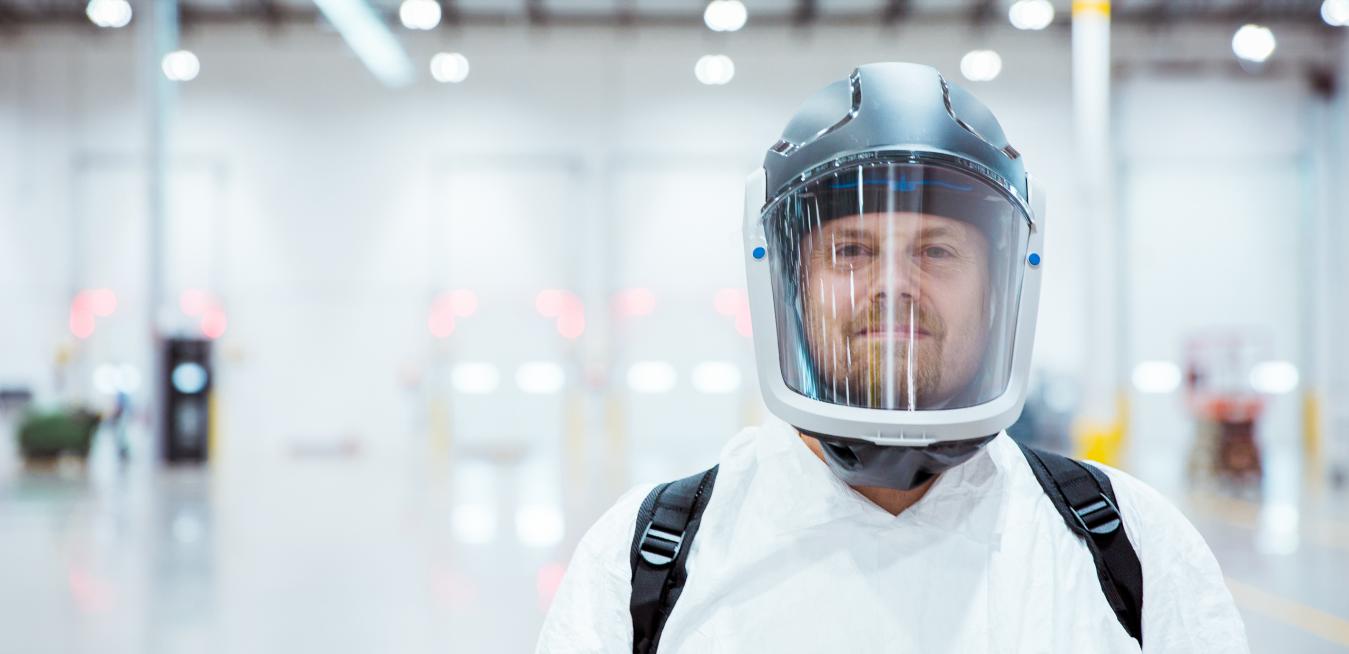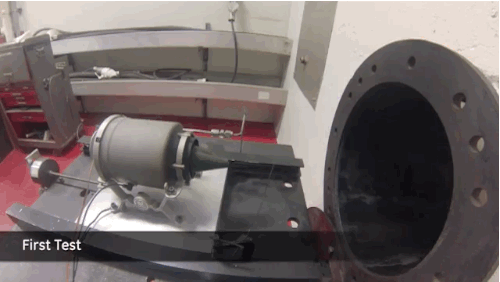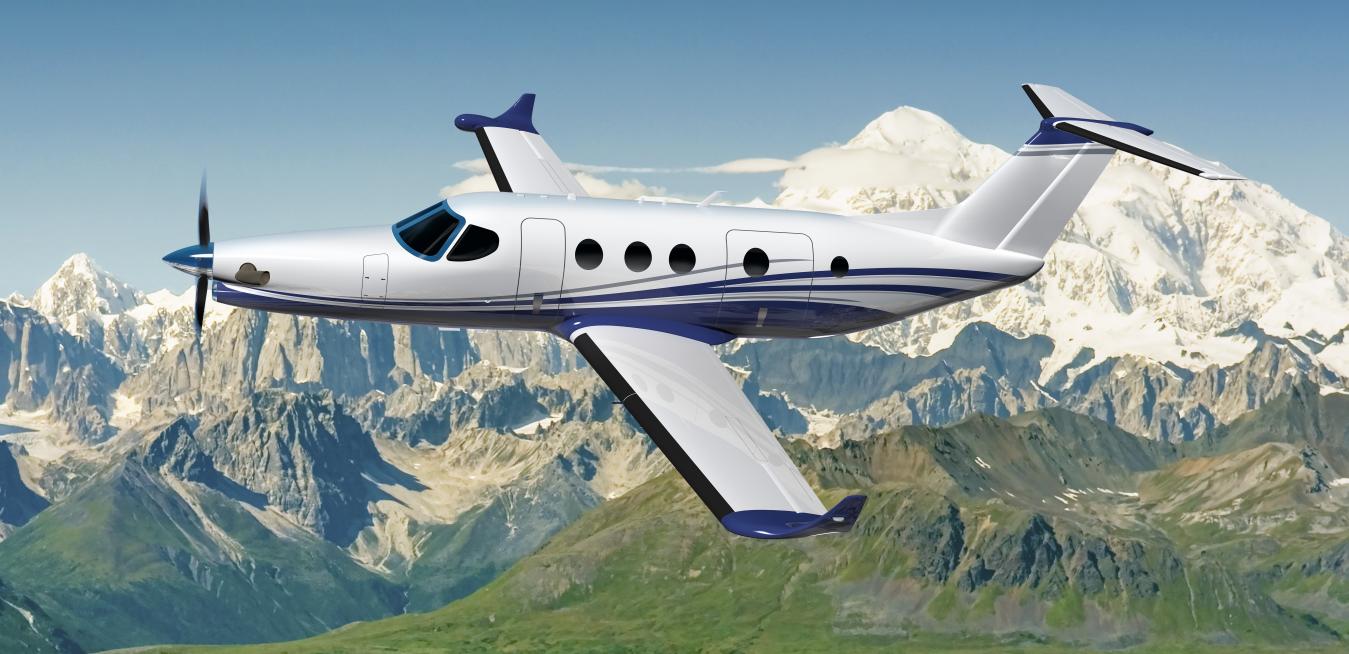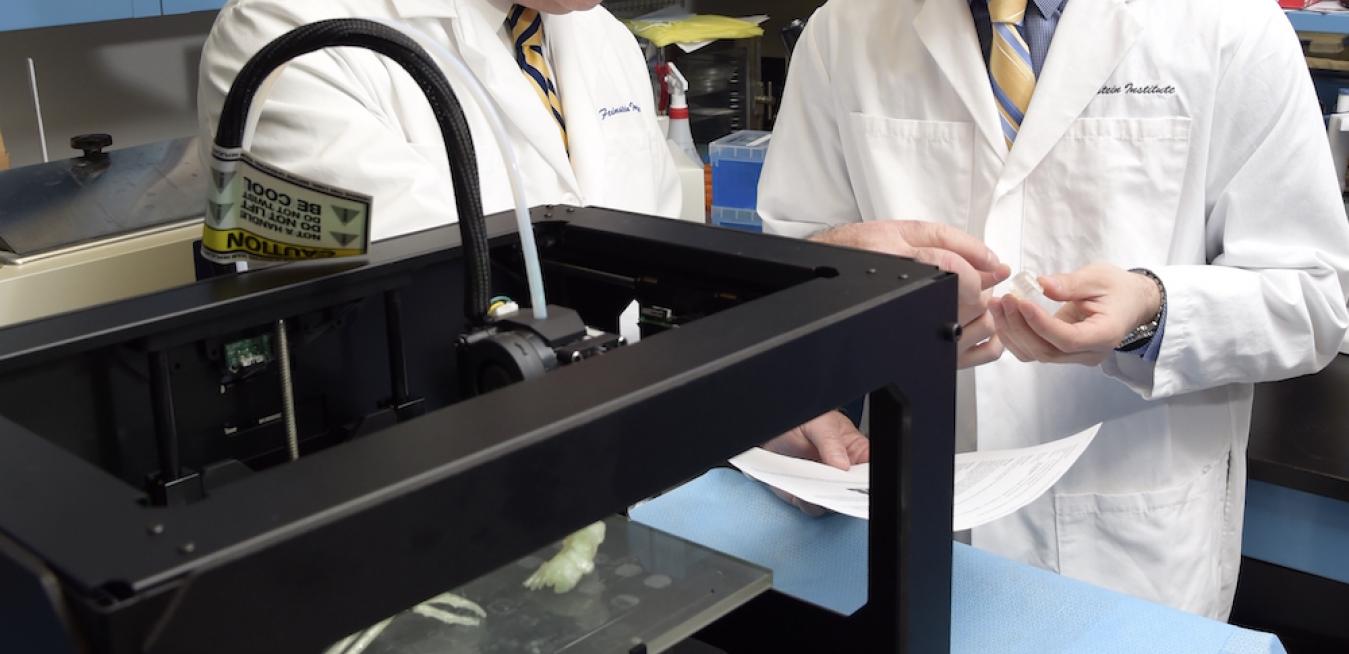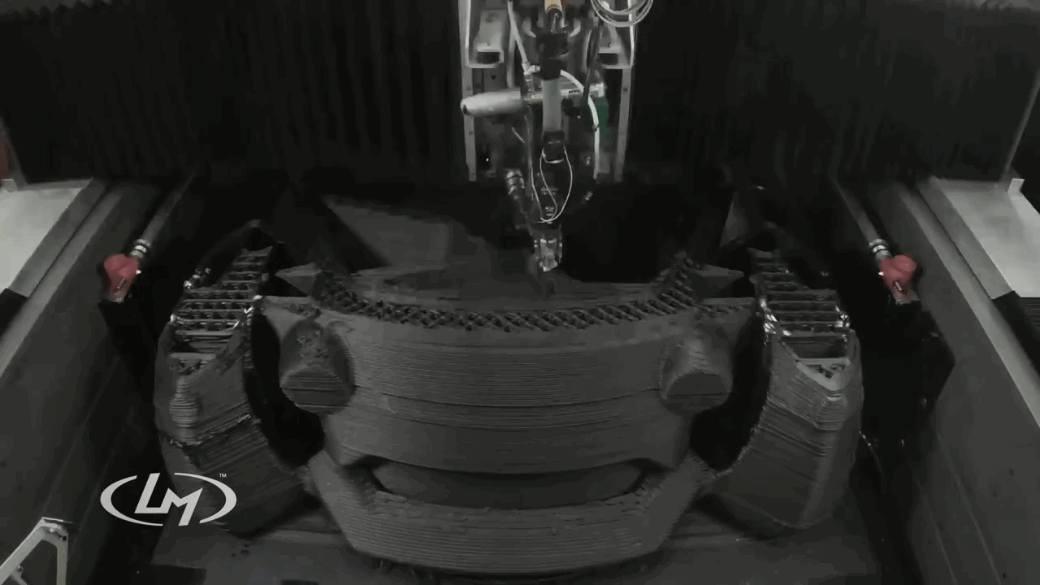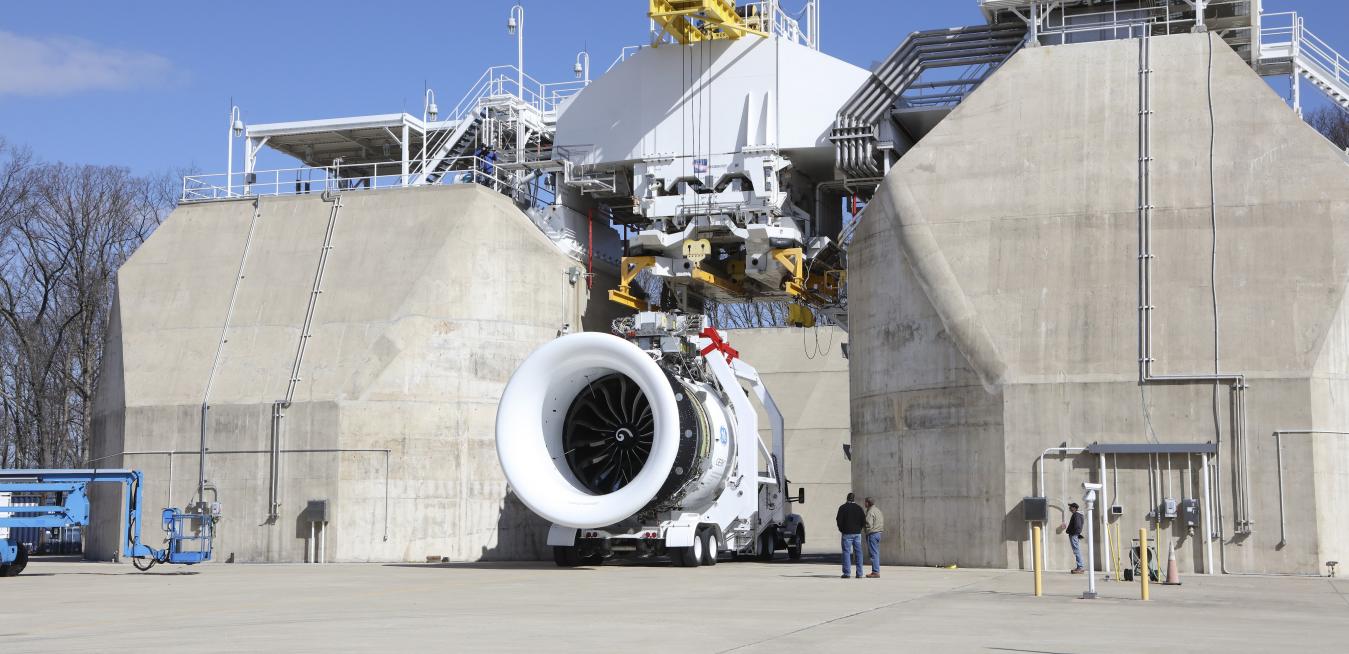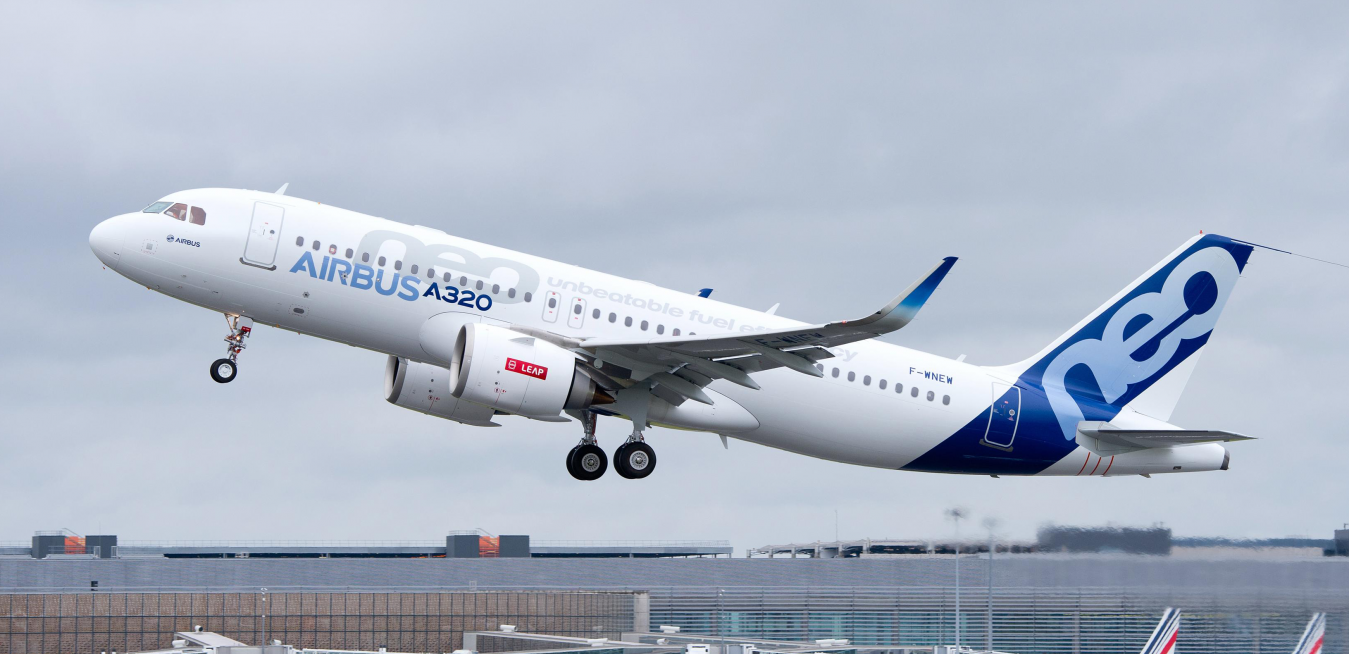Located by a new highway exit just minutes from the Pittsburgh airport, the center, which opened in April, is so new even Uber drivers require human navigation. But the center is no mirage.
Consider it a jet engine for the Oompa-Loompas. GE engineers working on the future of aircraft manufacturing recently showed off some of their capabilities. They made a simple 3D-printed mini jet engine that roared at 33,000 rotations per minute (see video above).
The plane, called the Cessna Denali, will have the largest cabin in its class—seating up to eight people—and an engine powerful and efficient enough to reach Chicago from Los Angeles or Miami from New York.
GE's Christine Furtoss explains how additive technologies today are making breakthroughs, from surgical procedures to jet engine parts. In the future, the use of 3-D models in additive manufacturing will go beyond the realm of our imagination.
Imagine the day when we can “Print-On-Demand” real, functional parts for complex machines any time, any place around the world. In other words, imagine that printing a critical part for an engine whenever you want, wherever you want, becomes as simple as printing on a sheet of paper in your inkjet printer.Scientists Build A Mind-Reading Machine
Desktop 3D printing is empowering a world of innovators by enabling those without formal design or engineering skills to find solutions to their own problems.
At the Feinstein Institute for Medical Research in Manhasset, N.Y., surgeons and scientists are exploring whether they can replace patients' damaged or diseased windpipes with customized ones grown in the lab.
It’s a giant.
